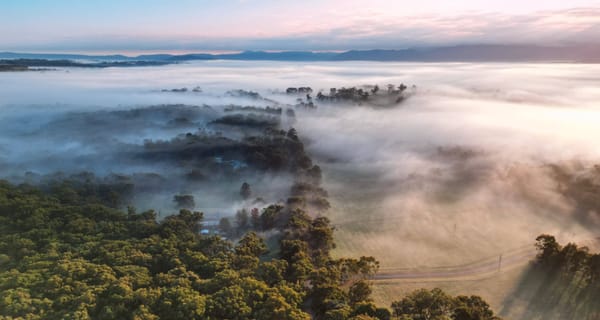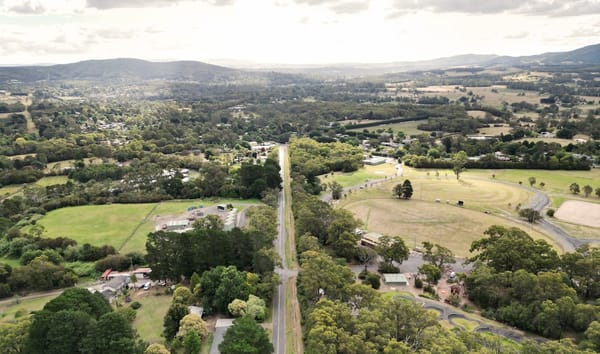On the idea of developing a 'Landscape of Intervention' for systems change work
It is the interplay of intention and emergence which, dancing together, enables us to influence the future of the system towards a desired state.

In this post I aim to reflect on how I approach 'systems practice', transposing the abstract outcomes of 'systems mapping' onto a more tangible idea of a physical, spatial landscape - and why that might help.
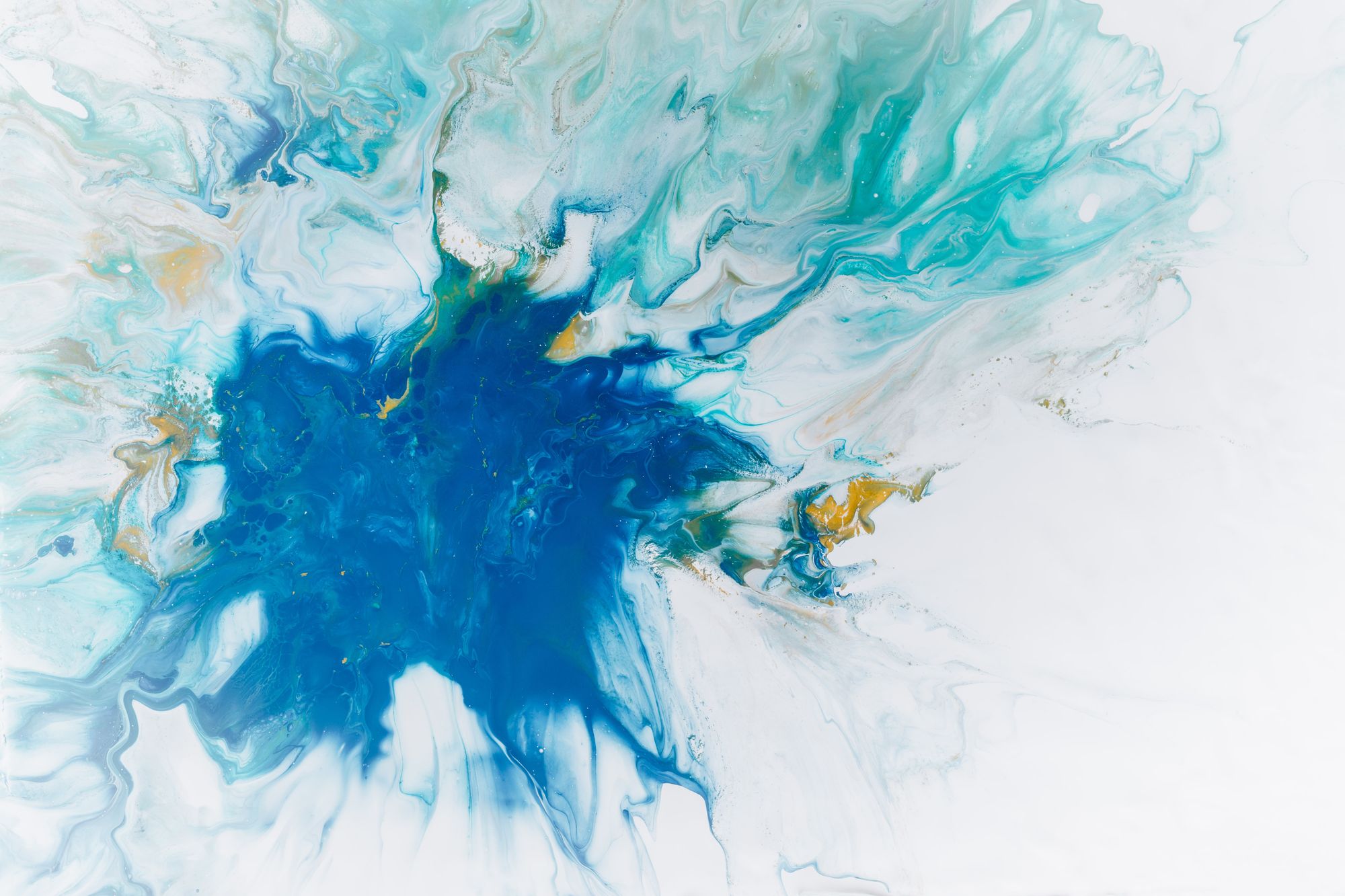
When I refer to systems change, I'm talking about both the goal and the process:
The goal of systems change initiatives is to intentionally influence the future of the system, towards a desired state. [ref]
Systems change can be a very cerebral exercise - capturing and holding a lot of complexity in order to identify how to proceed. Done well, of course, it's embodied, participatory, and can feel almost like an emergent magic. However it is the interplay of intention and emergence which, dancing together, enables us to influence the future of the system towards a desired state.
So, how do we develop and communicate that intention, in order to gain buy in and build momentum?
In my practice, I have tended to use tools and methods which help us to build a kind of 'systems sight' - allowing a group of people to bring their various perspectives together to gain a fuller picture of the dynamics of the system. Often the aim is to visualise it - creating some form of systems map, metaphor or phsyical model.
If this is sounding a little abstract, it's because it often is.
As Korzybski reminded us, "the map is not the territory" - we must not confuse the depiction as anything more than a snapshot and an incomplete model. We can never capture the full richness of relationships and dynamics at play, but in order to create change, I believe we must seek to better understand the systems we seek to influence, in order to avoid harm and improve broader outcomes.
Towards the other end of this spectrum are the practices based on reductionism which have come to characterise a large part of western culture's approach to Government and Corporate management. This reductionism is divorcing us from the social and environmental dynamics which are being impacted by policy, strategy and decision making, at is one of the most harmful patterns on our planet.
Bringing the system back to earth
When we're creating these systems maps, metaphors or models, the risk is they are so abstract that it is hard to communicate them to people who haven't been involved in making them.
A possible counterpoint to this would be to try to make the representation of the system more spatial - similar to how town planners might create a representative model of a town in miniature.
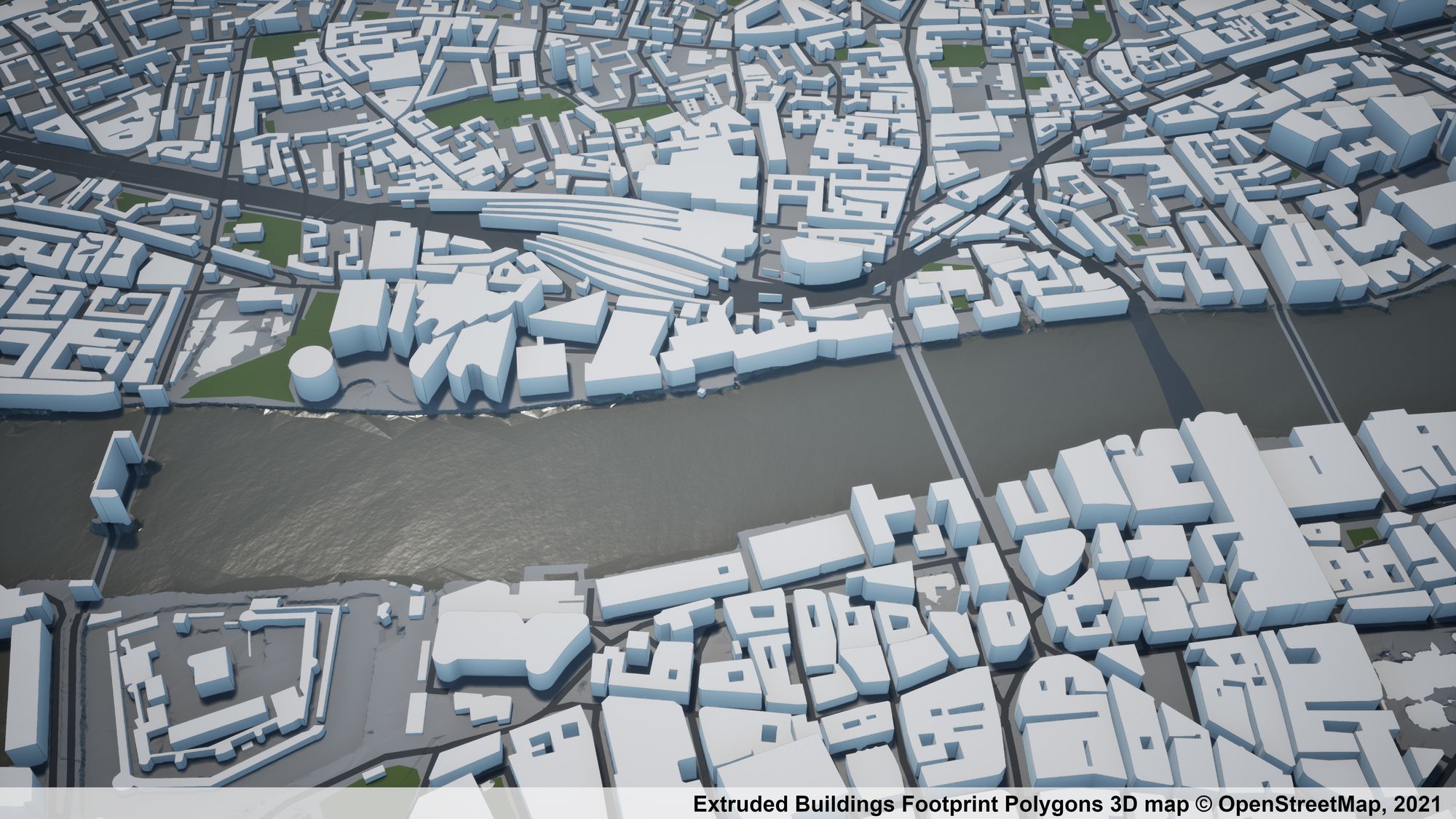
Similar to these representations, overlaying a system map onto a physical landscape may help us let go of the complexity somewhat, and instead assign meaning and stories to the landscape - something we're far more familiar with doing through our evolution.
[The amazing 'Song Spirals' book by the Gay’wu Group of Women, and MR O'Connor's book, 'Wayfinding', are both interesting reads on this subject]
Why spatial? Well, during my Masters I collaborated with Adam Groves on an adaptation of a 'systems leverage map' he had created by mashing up Donella Meadows' work, and a Wardley Map to visualise a portfolio of interventions / coordinated activities. My spin was to create a circular chart, but I feel like perhaps a topographical terrain might add an interesting differential to thinking about the dynamics of a system.
In theory, if we were to change the mode, we might be able to welcome people into the thinking, and have very different conversations about the connections and dynamics. This could enable a richer and more nuanced approach to developing a systems change strategy.
Maybe it would look a little like a museum installation, with interactive elements sharing stories or data? It sounds like a cross between an 'evidence safari' (thank you Andrea Siodmok & Policy Lab), a systems leverage map, and a museum installation to me.
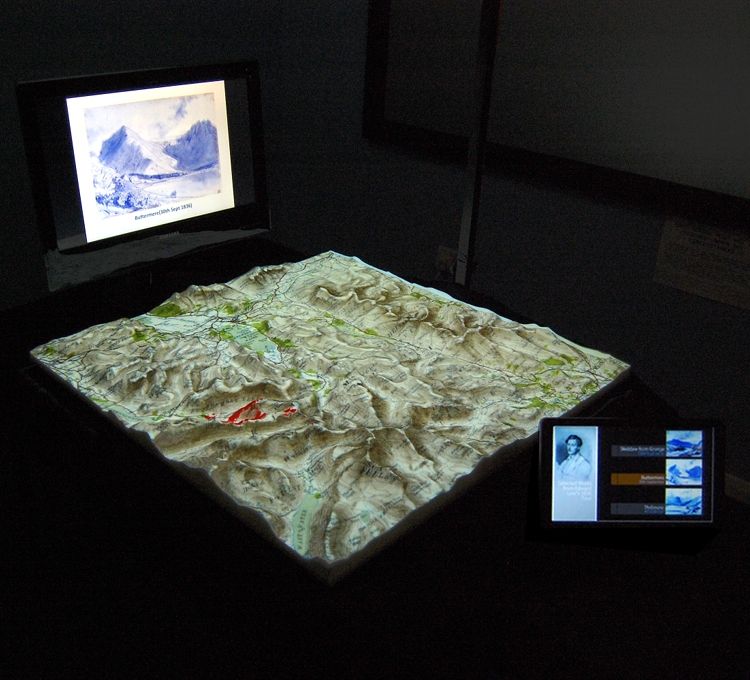
The idea feels useful enough to try to explore a little further and see what comes of it.
So let me know what you think - have you seen anything like this? Do you think it would help, or is it just abstracting things further?




